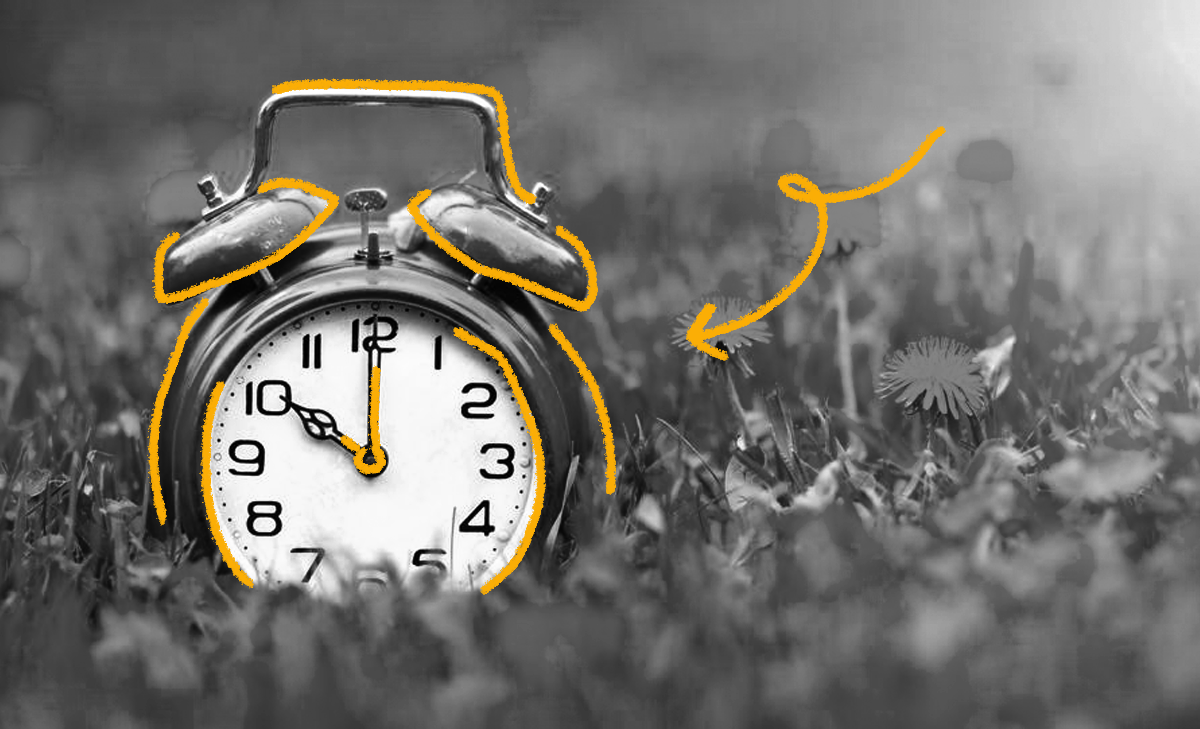There’s an old myth that Daylight Savings Time was created to give farmers extra time to work in the sun. But that’s just not true. Daylight Savings Time was actually enacted to reduce electricity usage by extending daylight hours. The time shifts can get confusing, but one way to keep it all straight is to remember that the shifts match the seasons: clocks “spring” forward an hour in March and “fall” back by one hour in November. For many years, the United States followed an April – October system. However, in 2007 President Bush extended Daylight Savings Time an extra four weeks, shifting us to a March – November system. But when did it all start? The practice itself began during World War I and was used by many countries in hopes of helping to curtail artificial lighting use so that fuel could be conserved for troops. The United States didn’t standardize the practice until 1966, however, when the Uniform Time Act was passed. Today, it is still up to individual states to decide whether or not they wish to take part. Currently, Hawaii and most of Arizona do not participate. The energy-saving benefits of Daylight Savings Time are debated, but many people prefer the schedule. In fact, in recent years, some states like Florida and California have begun to lobby for following Daylight Savings Time all year round.

Your go-to guide for weird history facts
Subscribe to the FREE daily email that makes learning about history fun.


